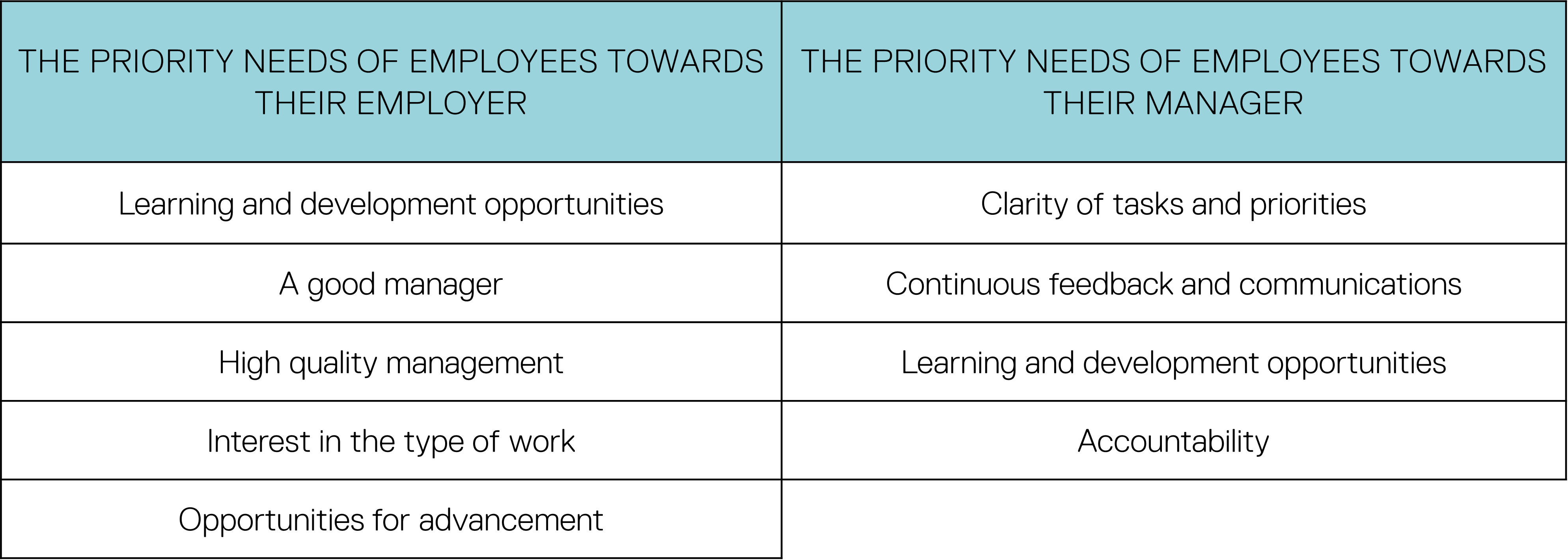Performance at Work: How to Assess It… in 2021?
An effective performance management system is essential for organizations. Through formal and informal processes, it helps them align their people, resources, and systems to achieve their strategic goals. But what’s wrong with performance management?
According to Gallup, only 14% of employees strongly agree that their performance appraisal motivates them to improve and 33% of the time performance appraisals and traditional feedback approaches are often so bad that they negatively impact performance.[1] According to Deloitte, only 8% of organizations believe their performance management process adds value, while 58% claim that it is not an effective use of time.[2]
There are many criticisms of current performance management systems. Administrative burden, lack of transparency, unidirectional process, wrong objectives, lack of dialogue, etc.
Yet, at its core, performance management is an ongoing process of communication between a manager and an employee that takes place throughout the year, with the goal of achieving the organization’s strategic objectives. The communication process includes clarifying expectations, defining objectives, identifying goals, providing feedback, and reviewing results.[3]
The answer as to what is wrong with performance management systems is simple. They are not in line with this definition. The ongoing process of communication between a manager and an employee is regularly missing as well as clarification of expectations, employee involvement in the process, etc.
Towards a Re-Engineering of Performance Management
Although this re-engineering began a few years ago, the current environment is helping to accelerate it. Ben Wigert and Heather Barrett note that the pandemic has shaken up performance management and that the initial reaction of many organizations is to recognize that their performance management systems are ineffective, frustrating, and too rigid for a dynamic and high-risk marketplace.[4]
The traditional performance management process consists of four (4) fundamental steps: process development, performance measurement and feedback, competency development and rewards. The main aspect of the traditional process is without a doubt the annual review of objectives.
The Traditional Process of Managing Performance at Work

Source: Saba, Tania et al., La gestion des ressources humaines, 4ième édition, ERPI, 2008, p. 217.
However, the needs of today’s employees are very different from those of previous generations. The annual performance review is no longer acceptable. Employees’ expectations of their employer and manager are at the heart of this transformation of performance management. From now on, performance management must be perceived as a lever for workforce engagement. A stimulus that allows employees to find a way to get continuous feedback and feedforward, to be aware of where the organization is heading and how they can contribute to the achievement of organizational objectives.
Professional Career Needs of the New Generation

Source: Gallup, Re-Engineering Performance Management, 2018.
By correlating the needs identified in the table above with the criticisms of traditional performance management, re-engineering of performance management is inevitable. In order to ensure that performance management works, an organization must review its practices and ensure that its approach meets certain basic requirements. To do so, the following recommendations[5] issued by the Society for Human Resource Management (SHRM) should be considered:
- Focus on continuous improvement in performance management and avoid having an overly complex system to serve other avenues such as compensation, career development management, etc.;
- Demonstrate flexibility in the identification of objectives to be achieved according to the different roles/responsibilities and align them with organizational objectives;
- Eliminate administrative burden by simplifying the performance management delivery process, and;
- Focus on feedback and coaching to ensure continuous dialogue and eliminate the annual performance review.
These recommendations can be implemented in any organization, regardless of its size.
Summary – Traditional Versus Renewed Performance Management Process

What Does an Organization Benefit from Implementing a Renewed Performance Management Process?
The benefits of performance management are numerous. It allows, among other things, to:
- Align the workforce, resources and systems to achieve organizational objectives;
- Offer real-time feedback and feedforward for immediate improvement
- Identify training, development and learning needs for continuous improvement;
- Improve employee morale through recognition and acknowledgement of contributions;
- Identify early warning signs of problems, issues, and challenges to adjust strategies, approaches and processes.
Is the Organization Doing Good Performance Management?
To determine if an organization is on track when it comes to performance management, ask yourself these questions:
- Are job descriptions up to date, focused on key activities to be performed and key competencies to be mastered on the job; are job expectations clearly defined?
- Is the process simple; are the actions/dialogues/interventions/feedback documented?
- Are managers and supervisors able to coach employees; are they trained to do so, are they equipped to engage in performance management dialogue with their employees, do they have the skills to do so?
- Is the performance dialogue more focused on the past (i.e., actions taken, mistakes made, etc.) or on the future (i.e., direction, expectations, development, “how to”, etc.); is it regular or rather annual?
- Does the process for setting objectives include employees, are the objectives focused on behaviours?
- Is the organization transparent about the performance management system, and is there frequent and regular communication with employees about it?
These questions are a direct response to the new reality that organizations must consider in their performance management system. As an organization, it is time to rethink this system because yes, it can still be very useful… if it is properly done!
References
[1] Robert Sutton and Ben Wigert, “More Harm Than Good: The Truth About Performance Reviews”, in GALLUP, Workplace, https://www.gallup.com/workplace/249332/harm-good-truth-performance-reviews.aspx.
[2] DELOITTE, « Human Trends Capital », 2014, https://www2.deloitte.com/us/en/insights/focus/human-capital-trends/2014/hc-trends-2014-performance-management.html?id=gx:el:dc:dup677:cons:awa:hct14.
[3] Source : https://hr.berkeley.edu/hr-network/central-guide-managing-hr/managing-hr/managing-successfully/performance-management/concepts
[4] Ben Wigert and Heather Barrett, “Performance Management Must Evolve to Survive COVID-19”, in GALLUP, Workplace, 2020, https://www.gallup.com/workplace/318029/performance-management-evolve-survive-covid.aspx.
[5] The recommendations are inspired by the work: Society of Human Resource Management, « Performance Management that makes a difference: an evidence-based approach », Science-to-practice series, 2017.
